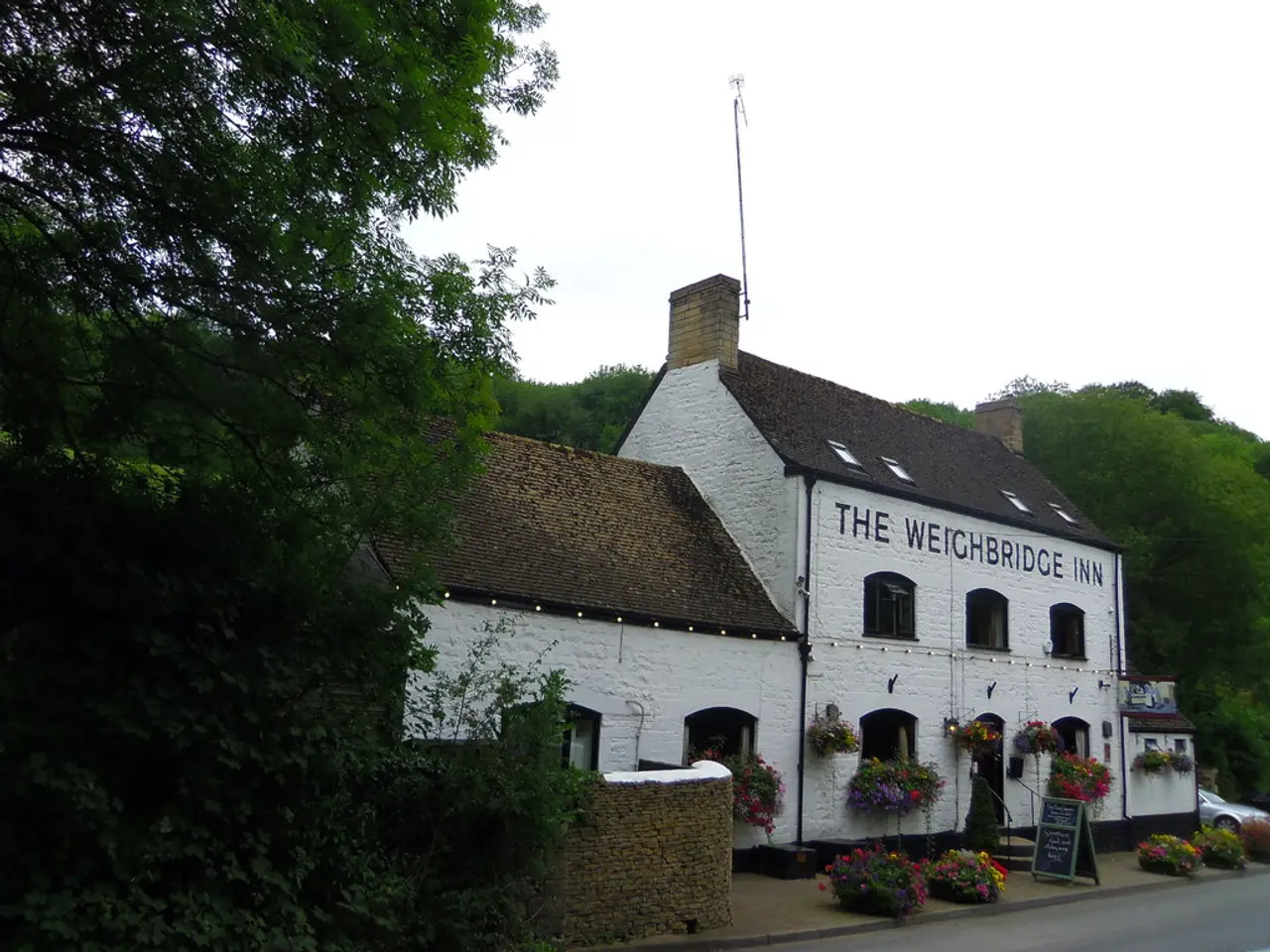Effects of the Golden Precepts by Grey Belt Organization
The UK government's proposed "golden rules" for development within the Green Belt aim to address the housing crisis by setting clear affordable housing quotas and benchmark land values. However, these rules face several potential issues and implications.
Key Issues:
- Ambiguity and Subjectivity: The criteria for identifying "Grey Belt" land—land within the Green Belt that supposedly "does not strongly contribute" to its purposes—are vague and open to subjective interpretation. This vagueness risks inconsistent decisions, legal challenges, and potential exploitation by landowners who might degrade land to qualify for development.
- Affordable Housing Mandate and Viability: The golden rules include a strict affordable housing requirement capped at 50%, which is non-negotiable even if it affects the project's financial viability. This means developers cannot reduce affordable housing quotas based on viability assessments. If a scheme doesn't meet the affordable housing requirement, it reverts to being "inappropriate development," requiring demonstration of very special circumstances to proceed. This could discourage developers or increase project risk.
- Infrastructure and Sustainability Concerns: The rules call for infrastructure improvements but are criticized for being vague and potentially insufficient. There is skepticism about actual improvements in infrastructure accompanying developments, raising concerns about sustainability of expanded communities.
- Risk of Fragmented, Piecemeal Development: Without a strategic, area-wide plan, development on Grey Belt land might be ad hoc, undermining environmental and social objectives. This could lead to loss of green space value and fail to address broader planning needs cohesively.
- Potential Diversion from Brownfield Sites: Critics argue that focusing on releasing Grey Belt land could divert resources and attention away from developing brownfield sites outside the Green Belt, where there remains significant capacity for new housing—up to 1.2 million homes in the UK.
Implications:
- The 50% affordable housing rule ensures higher affordable housing delivery but may create financial strain on developers, slowing development or increasing costs.
- Benchmark land values could be contentious if they fail to reflect true market conditions, affecting landowner willingness to release sites or accept affordable housing policies.
- The policy attempts to balance housing need with protecting Green Belt purposes, but the subjective nature of "not strongly contributing" to Green Belt objectives risks inconsistent application and loss of important green spaces.
- Developers must satisfy multiple tests including sustainable location, unmet housing need, and compliance with golden rules, but the lack of flexibility on affordable housing and viability is a significant constraint.
Overall, while aiming to address housing shortages with clear affordable housing quotas, the golden rules' vagueness and strict requirements may hinder practical delivery, risk legal and planning challenges, and could lead to unintended environmental and strategic planning issues.
Alternative Mechanisms:
- The housing crisis requires the development industry to play a significant role in delivering additional affordable housing, but an alternative mechanism is necessary to ensure both development viability and an appropriate return for landowners.
- It is important to avoid a situation where landowners are not incentivized to sell land for development.
Regional Differences:
- Land values vary significantly across the country, with some regions not having buoyant land values.
New Grey Belt Designation:
- The government is proposing changes to the National Planning Policy Framework (NPPF), providing greater scope for new development within the Green Belt through the introduction of a new Grey Belt designation. The new Grey Belt designation includes previously developed land and any other parcels or areas of Green Belt land that make a limited contribution to the five Green Belt purposes.
- Stalled developments due to unviable BLV could worsen the housing shortage instead of alleviating it. Rigid thresholds for affordable housing, like a uniform 50% percentage, may hinder housing delivery by discouraging the market and leading developers to opt for alternative non-residential land uses.
In conclusion, the proposed changes are subject to complying with the government's 'golden rules'. It is crucial to strike a balance between addressing the housing crisis, ensuring development viability, and preserving the Green Belt's purposes.
- The UK government's proposal to designate a new Grey Belt within the Green Belt could potentially divert attention away from the development of affordable housing on brownfield sites in the industry, as criticized by some, since there remains a significant capacity for new housing on these sites.
- In the housing and finance sector, the strict 50% affordable housing requirement in the golden rules for development within the Green Belt may create financial strain for developers, leading to slower development or increased costs, as suggested by the implications.





